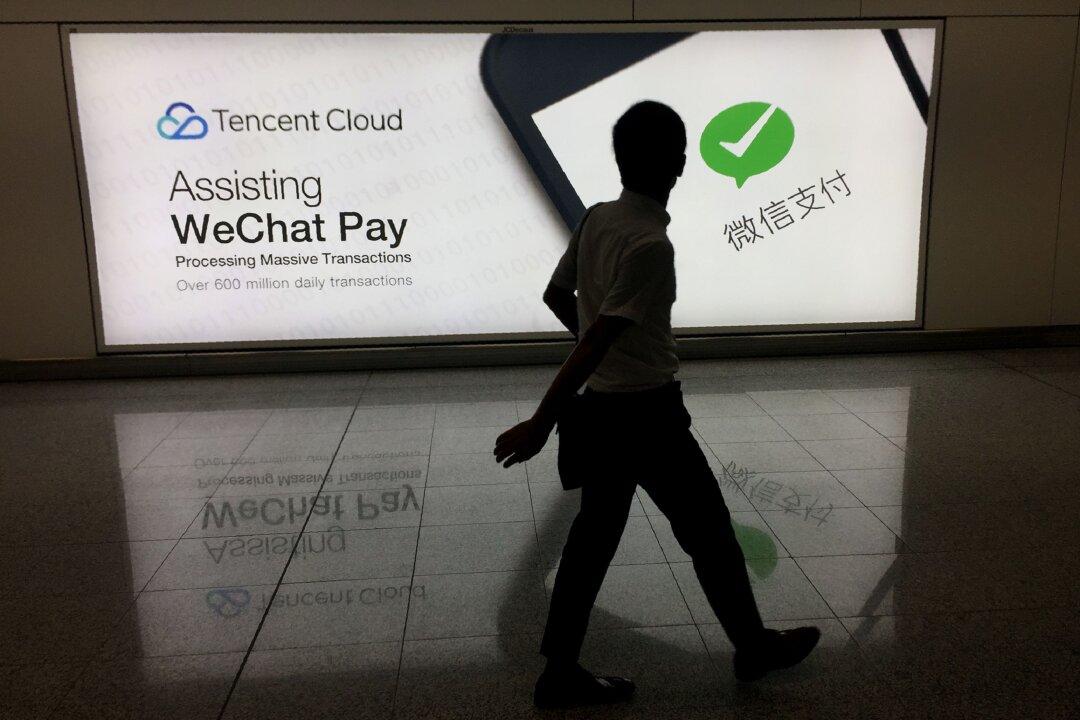Commentary
This article is part of a series on corporate surveillance, highlighting civil liberty, privacy, cybersecurity, safety, and tech-product user exploitation threats associated with connected products that are supported by the Android (Google) OS, Apple iOS, and Microsoft Windows OS, smartphones and their harmful effects. Part 1 of this article can be read here.





